Pacific Sun

© Thomas Demand, Artists Rights Society (ARS), New York/VG Bild-Kunst, Bonn, courtesy Matthew Marks Gallery
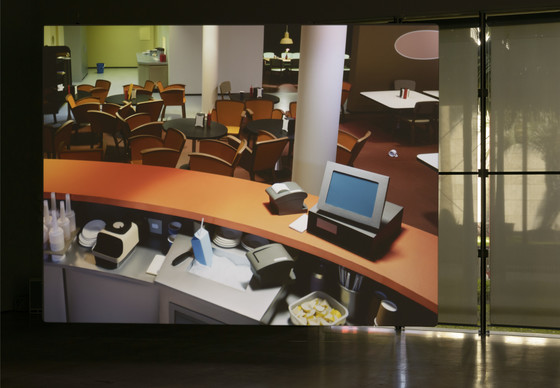
© Thomas Demand, Artists Rights Society (ARS), New York/VG Bild-Kunst, Bonn, courtesy Matthew Marks Gallery
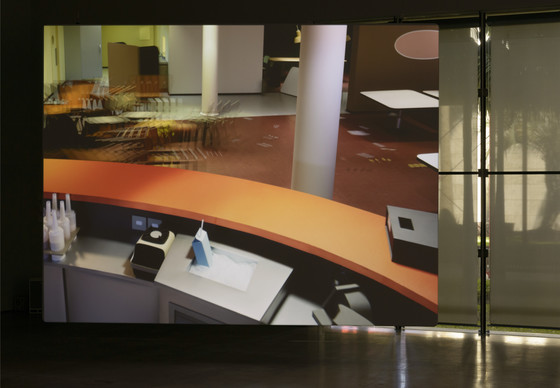
© Thomas Demand, Artists Rights Society (ARS), New York/VG Bild-Kunst, Bonn, courtesy Matthew Marks Gallery
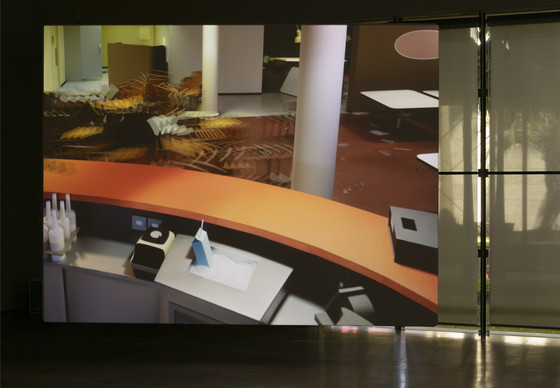
© Thomas Demand, Artists Rights Society (ARS), New York/VG Bild-Kunst, Bonn, courtesy Matthew Marks Gallery

© Thomas Demand, Artists Rights Society (ARS), New York/VG Bild-Kunst, Bonn, courtesy Matthew Marks Gallery
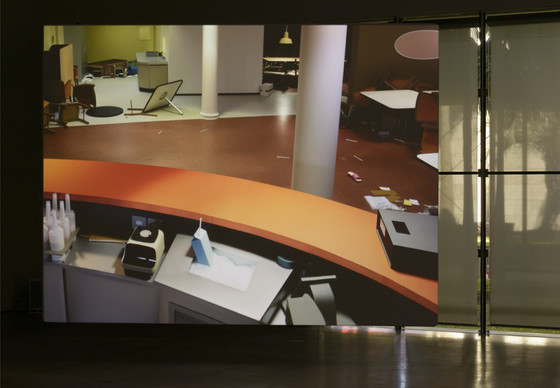
© Thomas Demand, Artists Rights Society (ARS), New York/VG Bild-Kunst, Bonn, courtesy Matthew Marks Gallery
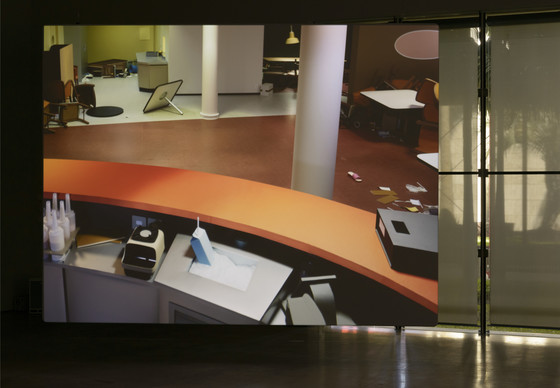
© Thomas Demand, Artists Rights Society (ARS), New York/VG Bild-Kunst, Bonn, courtesy Matthew Marks Gallery
Please log in to add this item to your gallery.
View comments
No comments have been posted yet.
Add a comment
Please log in to add comments.
Please log in to add tags.
* Nearly 20,000 images of artworks the museum believes to be in the public domain are available to download on this site.
Other images may be protected by copyright and other intellectual property rights.
By using any of these images you agree to LACMA's Terms of Use.
Pacific Sun
Edition: of 4 + 2 AP
2012Time Based Media
Single-channel video projection, with sound
147 1/2 × 197 in. (374.65 × 500.38 cm)
Duration: 100 seconds, 2.02 mins (2944 frames) with black intermission
The Los Angeles County Museum of Art and The Israel Museum, Jerusalem, purchased jointly with funds provided by Karen and Nathan Sandler, J. Ben Bourgeois, Terri and Michael Smooke, Jim and Laura Maslon in memory of Bernie Harris, the Modern and Contemporary Art Council Fund, the Modern Art Acquisition Fund, and the Ralph M. Parsons Fund
(M.2013.8.1-.4)
Not currently on public view